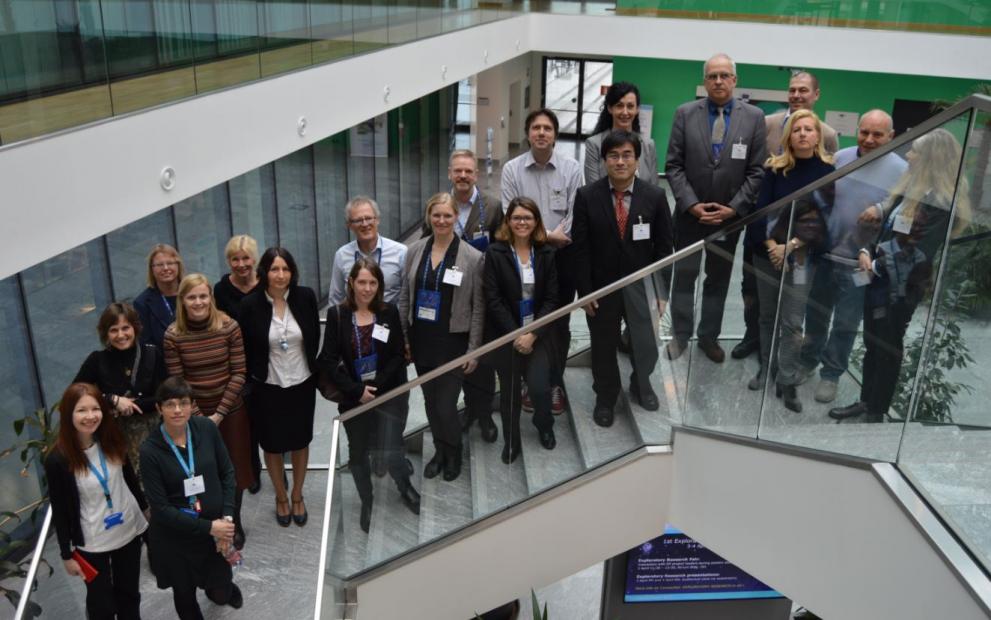
On the 23rd and 24th of March the JRC's EU Reference Laboratory for Alternatives to Animal Testing (EURL ECVAM) hosted a meeting with OECD experts to discuss the draft of a guidance document on Good In Vitro Method Practice (GIVIMP). This GIVIMP document would serve as a technical guidance on good scientific and quality practices to support the regulatory human safety assessment of chemicals using in vitro methods.
Safety testing of chemicals is required to assess the hazards and potential risks of chemicals to humans. Historically, in vivo tests in laboratory animals have formed the foundation of hazard and risk assessment. However, there is a desire within scientific and policy communities for non-animal in vitro methods which are validated and internationally accepted, so as to meet regulatory requirements. Such methods may also serve to reduce, or replace animal use while providing a comparable or better level of protection of human health.
To accommodate the demand of regulatory authorities, a number of in vitro methods, often based on the use of human cells and tissues, have been submitted to international validation bodies during the last two decennia. However, validation studies have revealed that many in vitro methods need serious improvements in design, robustness and reliability in order to be successfully implemented and generate data sets which can be used to support regulatory decisions.
In this respect, the OECD asked the JRC EURL ECVAM to coordinate the drafting of a guidance document on Good In Vitro Method Practices (GIVIMP) for the development and implementation of in vitro methods for regulatory use in human safety assessment.
The OECD expert group met at the JRC in Ispra to discuss in detail the feedback received on the draft OECD guidance document from EU-NETVAL and the first OECD commenting round. JRC EURL ECVAM will prepare the final GIVIMP version, which will be submitted for adoption by the OECD in April 2017.
The purpose of the GIVIMP guidance document is taking into account all necessary good scientific, technical and quality practices, to ensure that the overall process - from in vitro method development to in vitro method implementation for regulatory use - becomes more efficient and effective.
Details
- Publication date
- 24 March 2017
